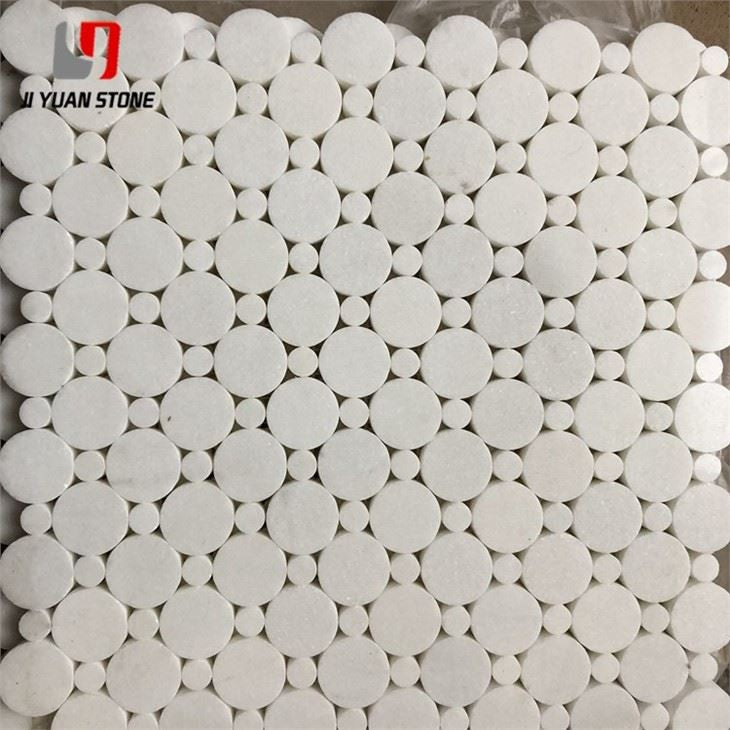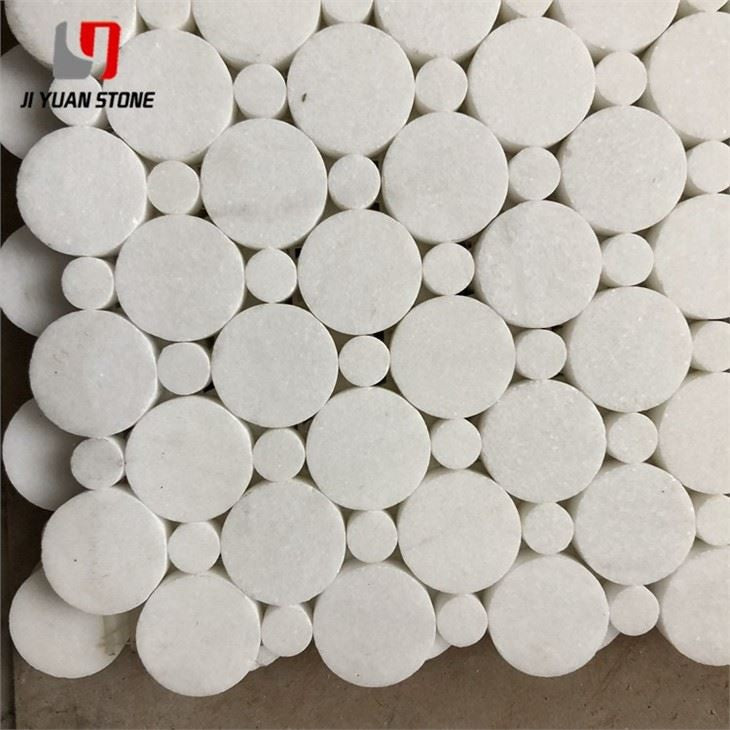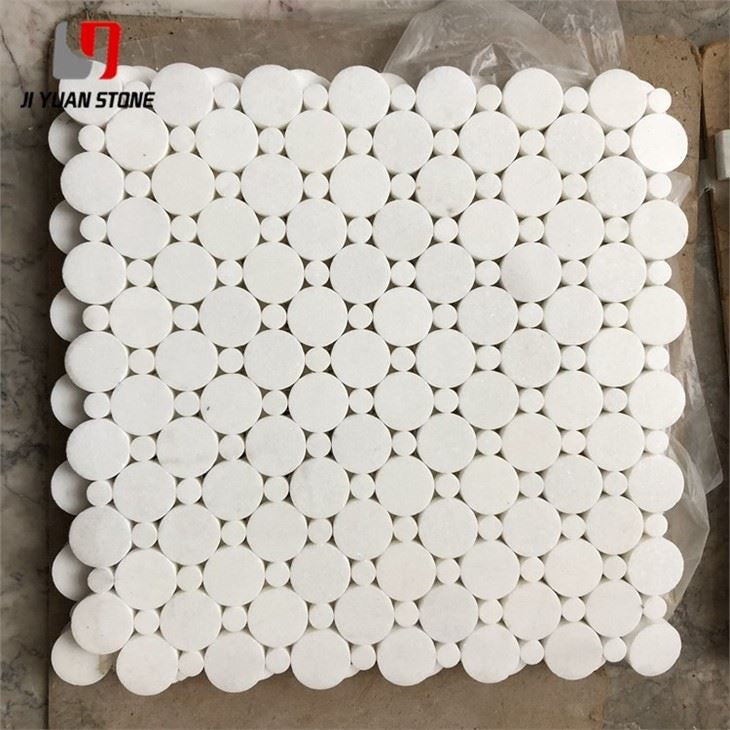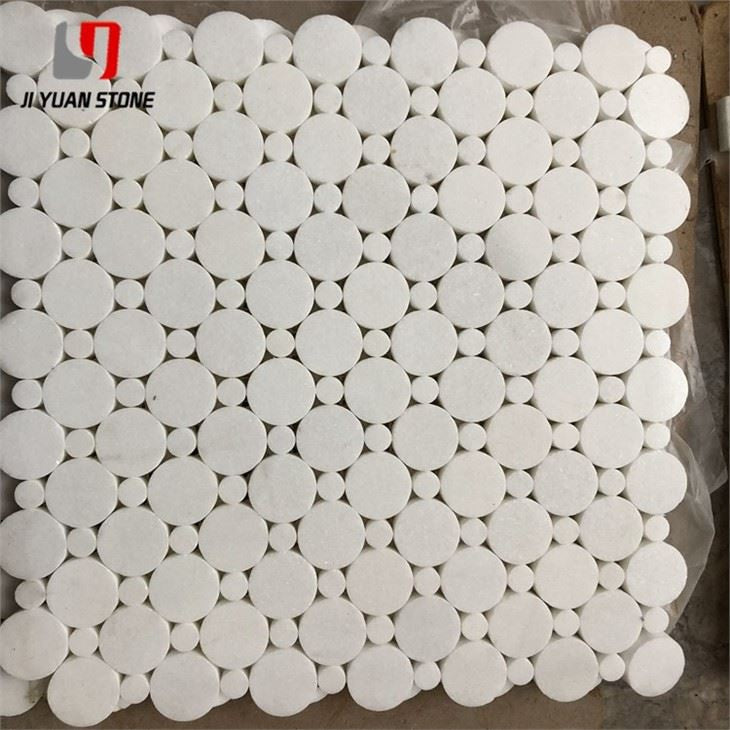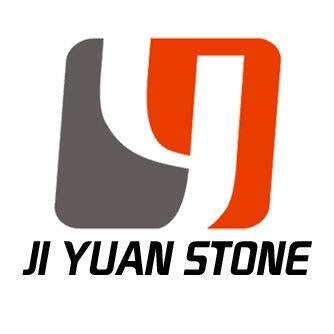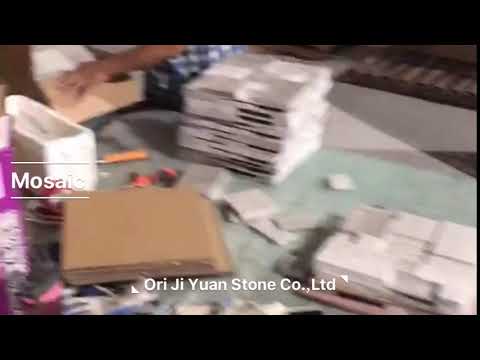Oriental Tile Mosaic
Oriental Tile Mosaic
This Oriental Tile Mosaic adds an exotic touch to any space. Made with intricate designs and bold colors, it is perfect for enhancing the aesthetic appeal of any room. With its durable and high-quality materials, this mosaic is built to last for years to come.
| Feature | Details |
|---|---|
| Material | Natural Marble Stone,Travertine,Limestone |
| Colour | As pictures show or customized |
| Shape | Square, Basketweave, Mini brick, Modern brick, Herringbone, Subway, Hexagon, Octagon, Mixed, Grand fan, Penny round, Hand clipped, Tesserae, Random strip, River rocks, 3D cambered, Pinwheel, Rhomboid, Bubble round, Circle bubble, Stacked, etc... |
| MOQ | Unrestricted |
| Warranty | 3 years |
| After-sale Service | Online technical support |
| Size | Customized Size |
| Style | Modern |
| Occasion | Wall or Floor |
| Project Solution Capability | Total solution for projects |
| Application | Bathroom |
| Design Style | Modern |
| Place of Origin | China |
| Model Number | Brass Marble Waterjet Mosaic |
| Shape | Irregular |
Paving, Reinforcement, and Decorative Effects of Traditional Oriental Tile Mosaic
1. Bonding Method of Traditional Oriental Tile Mosaic
The bonding process for traditional oriental tile mosaic differs significantly from modern mosaic back-netting methods.
- In traditional installation, the mosaic sheet is adhered from the front side (smooth surface) rather than the back.
- The sheet material is thick kraft paper, and the adhesive used is a weak water-based glue.
- Each sheet typically measures 30cm × 30cm, ensuring uniform gaps regardless of particle size.
- Since the rough surface of the tiles remains exposed, this method promotes better adhesion between the particles and cement, resulting in a stronger bond.
2. Installation & Reinforcement of Traditional Mosaic
The installation and reinforcement of traditional oriental tile mosaic happen simultaneously in a structured process:
Base Layer Preparation
- Before installation, leveling the base mortar layer is crucial for an even surface.
- Corners and edges must be accurately leveled.
Applying Cement Slurry
- Once the leveling mortar has initially set, a layer of plain cement slurry is spread evenly.
Mosaic Tile Installation
- The mosaic tiles are then placed onto the cement slurry.
- A wooden crab (wood trowel) is used to firmly pat the tiles, ensuring proper embedding into the cement.
Gap Filling & Reinforcement
- Patting the tiles helps cement slurry fill the mosaic gaps, creating a solid, unified structure (see Figure 1).
- This ensures the tiles and cement cure together as a strong, integrated unit.
Kraft Paper Removal & Finishing
- After the cement fully cures, water is sprayed onto the kraft paper backing to soften and remove it.
- Any remaining gaps are checked and filled with cement grout as needed.
- Finally, the surface is rubbed with wood chips to remove any residual glue.
3. Advantages of Traditional Mosaic Installation
✅ Simultaneous installation and reinforcement
✅ Stronger adhesion & durability
✅ Uniform gaps and a well-bonded surface
✅ Simple yet effective technology
This traditional method of oriental tile mosaic paving ensures a long-lasting, visually appealing, and structurally sound installation, making it superior in terms of strength and aesthetics compared to modern back-netted mosaics.
Share
